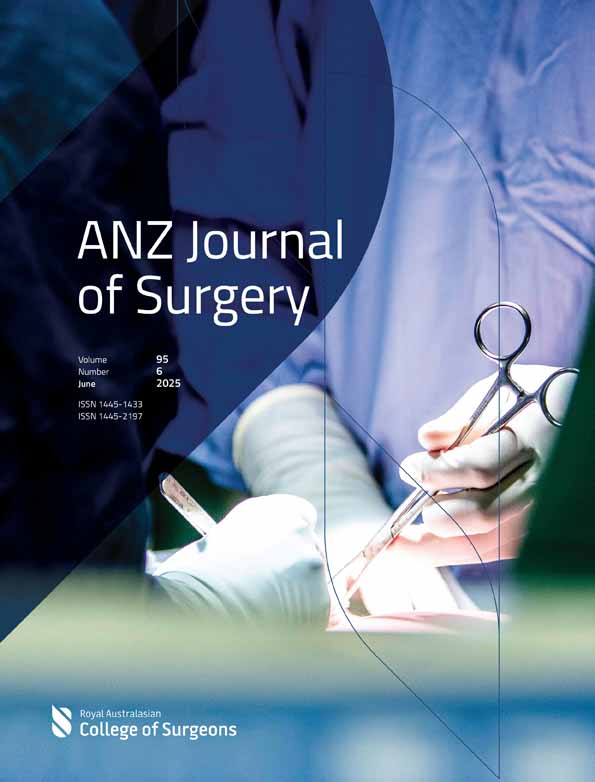General Surgical Management of Lower Gastrointestinal Bleeding in a Rural Setting—A Case for Establishing a Local Management Guideline
ABSTRACT
Background
Acute lower gastrointestinal bleeding (LGIB) presents a management challenge in regional and rural hospitals due to limited resources and potential delays in accessing specialist care. This study aimed to assess the performance of general surgeons in a rural general hospital in managing patients with acute LGIB using a quality indicator framework.
Methods
A single-center retrospective study reviewed the records of adult patients presenting to the emergency department with acute LGIB between January 2017 and June 2022. Data on demographics, clinical and laboratory findings, initial management strategies, and patient outcomes were extracted from electronic medical records (EMR).
Results
A total of 145 patients were included. Key findings revealed underutilization of the Oakland score system, inconsistencies in blood product transfusion practices, and inappropriate management of antiplatelet medications. Notably, there was an observed overuse of computed tomography angiography (CTA) despite limited access to interventional radiology services. Endoscopic interventions, however, demonstrated effectiveness in managing acute LGIB at the hospital.
Conclusion
This study highlights the need for a locally developed clinical guideline tailored to the specific resource constraints of the hospital. The findings further emphasize the importance of proficiency in endoscopic techniques for rural general surgeons managing patients with acute LGIB. This study can serve as a foundation for the development of a local guideline to optimize the management of acute LGIB in this setting.
Conflicts of Interest
The authors declare no conflicts of interest.
Open Research
Data Availability Statement
The data that support the findings of this study are available from the corresponding author upon reasonable request.




